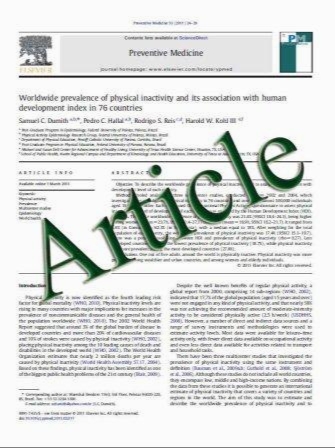Asymmetric Multiblock Copolymers at the Gas–Liquid Interface: Phase Diagram and Surface Pressure
- نوع فایل : کتاب
- زبان : انگلیسی
- مؤلف : Ve´ronique Aguie´-Be´ghin,*,1 Emmanuel Leclerc,† Mohamed Daoud,† and Roger Douillard*
- چاپ و سال / کشور: 1999
Description
at the air–water interface. Each block is made of a sequence A of ZA hydrophobic and of a sequence B of ZB hydrophilic monomers. The A and B sequences cannot cross the interface. The conformation of an adsorbed polymer is determined as a random walk of N elements whose size is the Flory radius of a single sequence. The structure of the interfacial layer is determined as a function of a 5 ZA/ZB and of the surface concentration using scaling law arguments. Only three different regions are found in the phase diagram to describe the change of surface regime as a function of the total surface concentration. The energy of flower-like micelles of polymers is calculated and compared with the energy of adsorbed macromolecules in order to determine the surface concentration at saturation. The surface pressure is also calculated as a function of the surface concentration in the three different regions of the phase diagram. It is found that these surface pressure isotherms are not affected by the solvent quality except when the properties of the interfacial layer are dominated by a purely two-dimensional behavior (semidiluted regime of the whole polymer or of the A sequences on the air side of the interface). Finally the properties of this model are compared with experimental data obtained with protein adsorbed layers and encouraging agreement is found although proteins are much more complicated polymers than this crude mode
Journal of Colloid and Interface Science 214, 143–155 (1999) adsorbed layer; gas–liquid interface; scaling law; Flory radius; equation of state.


